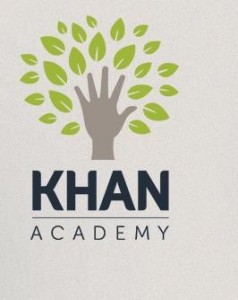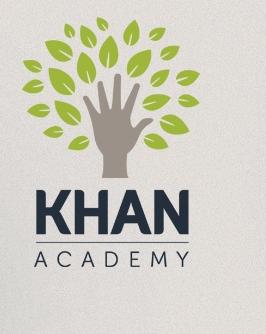
With confusing subjects, hard exams, and difficult teachers, students often struggle trying to find a source of extra help without having to pay for an expensive tutor. However, Khan Academy, a free online tutoring program, helps students master formidable concepts with over 2,600 tutorials on subjects from biology and chemistry to algebra and calculus, with dozens of tutorials on art history.
Salman Khan, a graduate of MIT with a BS in mathematics, a BS in electrical engineering and computer science, and an MBA from Harvard’s Business School, is the founder of Khan Academy. In 2004, while working as a hedge fund manager, Khan tutored his cousin using a Doodle notepad, and at the request of friends and family, put his tutorial videos on Youtube. The success of those videos and the demand for others created an opportunity for Khan Academy. Khan promptly quit his job in September 2009 and began working full time on creating videos to guide and teach students worldwide.
Khan’s approach to teaching is different from most. Instead of copying notes and theorems straight from a textbook, as some teachers do, Khan talks through his tutorials so they make sense. On a fact and and answer page on his website, Khan writes, “The concepts are conveyed as they are understood by me, not as they are written in a textbook”.
Rachel Phillips, my sister and a junior, believes that Khan Academy is extremely effective at making difficult concepts understandable.
“My dad told me about Khan Academy. It’s really helpful because it explains things in a really clear, comprehensive way. Khan Academy has helped me understand the basics of calculus,” said Phillips.
Khan also is able to track whether his tutorials are working. While teachers judge their students’ test grades to tell whether or not they understood the material, which is too late to solve the problem, Khan uses special software to determine whether students grasp the concepts in his videos. Charts corresponding to his videos are provided by YouTube and show the average audience attention. Khan can look at the chart and tell when the viewer’s attention dropped, and go back into the tutorial and fix the video at that place to make the video easier to understand. Other charts provided by the Khan Academy software track students’ progress on practice problems to show if the understand the lessons.
Teachers are starting to implement video lectures for their classes. In an article in the News&Observer titled “How new teaching merits higher pay”, Lodge McCammon examines a technique called flipping that involves creating video lectures and tutorials. When “flipping” a classroom, students watch videos created by the teacher at home, and use the time in the classroom for one-on-one instruction and more collaboration with peers. Katie Gimbar, a math teacher at Durant Road Middle School, is able to lead classes as large as 37 people using the flipping technique.
While Khan Academy is useful to students, flipping a classroom is an option for
teachers to have more one-on-one time during school. Videos and technology are becoming more and more valuable to schools. Khan Academy is effective because it explains confusing concepts at a level that is easy to understand and gives step by step instructions that make tough problems suddenly click.

Leave a Reply